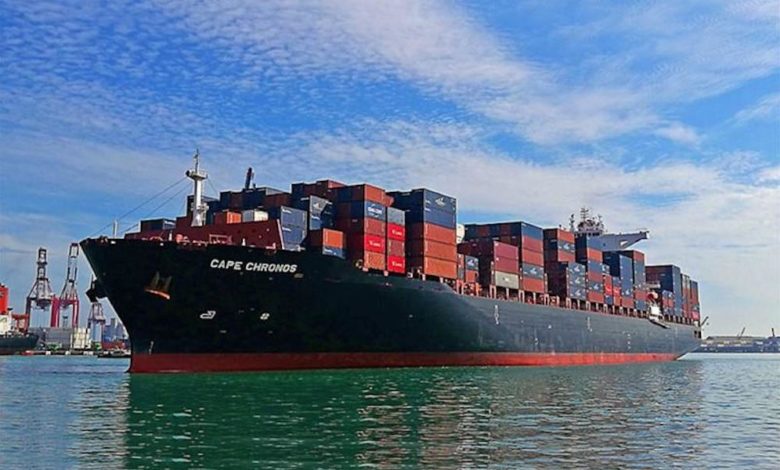How ‘obsolete’ ship types roared back during the pandemic

Ship types previously deemed obsolete or outdated have roared back to become highly prized items during the pandemic.
Writing in his company’s weekly market report, Timos Papadimitriou, an S&P broker at Greek broker Intermodal, picked out a few previously shunned ship types that have returned to prominence during shipping’s recent boom.
The 28,000 dwt bulk carrier had widely been deemed outdated during the market downturn of the previous decade, as had panamax and post-panamax containerships as well as feederships in the 1,700 to 2,200 teu size range. Many of these containership types were sold in 2017 and 2018 at demo levels and have since doubled or tripled in price.
“Shipowners bought ships at a bad market purely because they were relatively young but very cheap. So, it was a matter of confidence and buyer reflex,” Papadimitriou wrote. Some of these middle-aged ships then went on to be worth more than $50m each, and to get charter rates in excess of $100,000 a day during the skyrocketing record earnings containerships have been earning over the past year.
Luck sometimes is nothing more than acting when the opportunity presents itself
“The buyers purely acted on the notion that if you can’t make money from a ship bought at scrap levels then maybe you should do something else,” Papadimitriou wrote, adding that luck sometimes is nothing more than acting when the opportunity presents itself.
Regarding the 28,000 dwt handy bulk carrier type, Papadimitriou pointed out that these were not priced at demo levels four or five years ago, but they had a significant discount compared to the rest of the handysize segment.
After showing admirable resilience in 2020, shipping markets performed remarkably last year as trade volume recovery, widespread congestion and modest fleet supply growth contributed to a 93% increase in Clarkson’s cross-segment ClarkSea Index, the highest seen since 2008, more than twice the 10-year average. The exceptional container market led the way with charter rates up 260% year-on-year while dry bulk rates were up 185% with smaller sizes, helped by good growth in minor bulks and grains, performing particularly well. This cash influx also supported record S&P transaction levels last year of 145m dwt worth $46bn.
